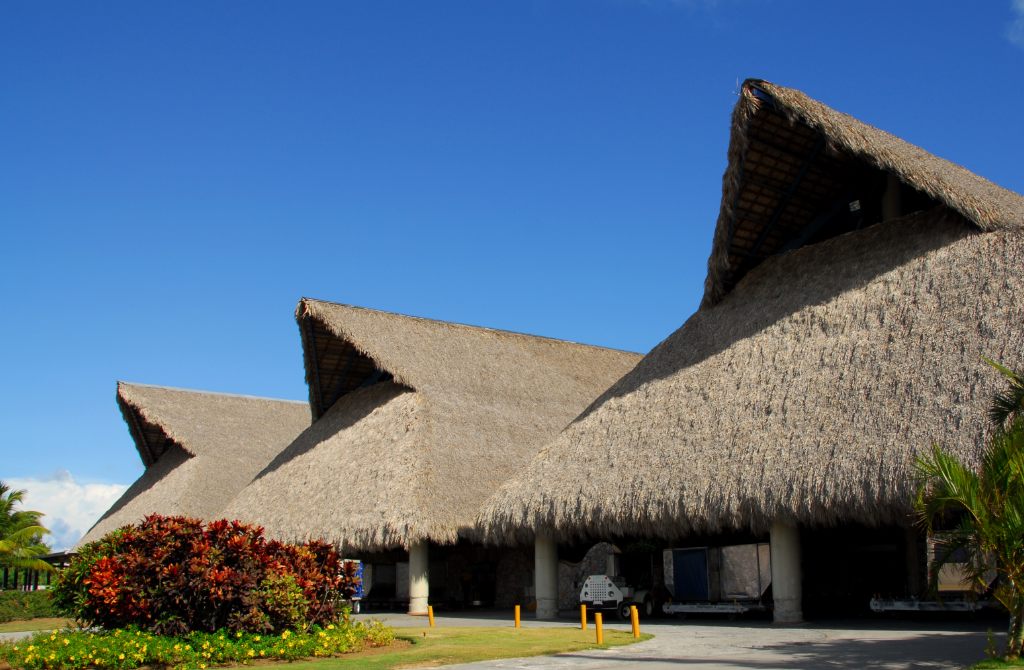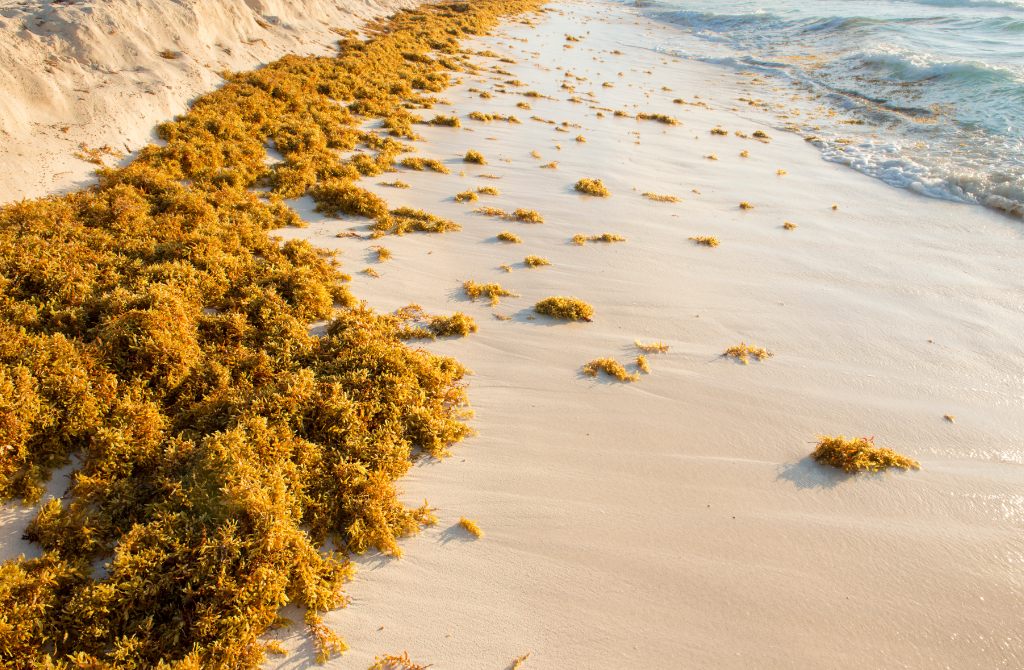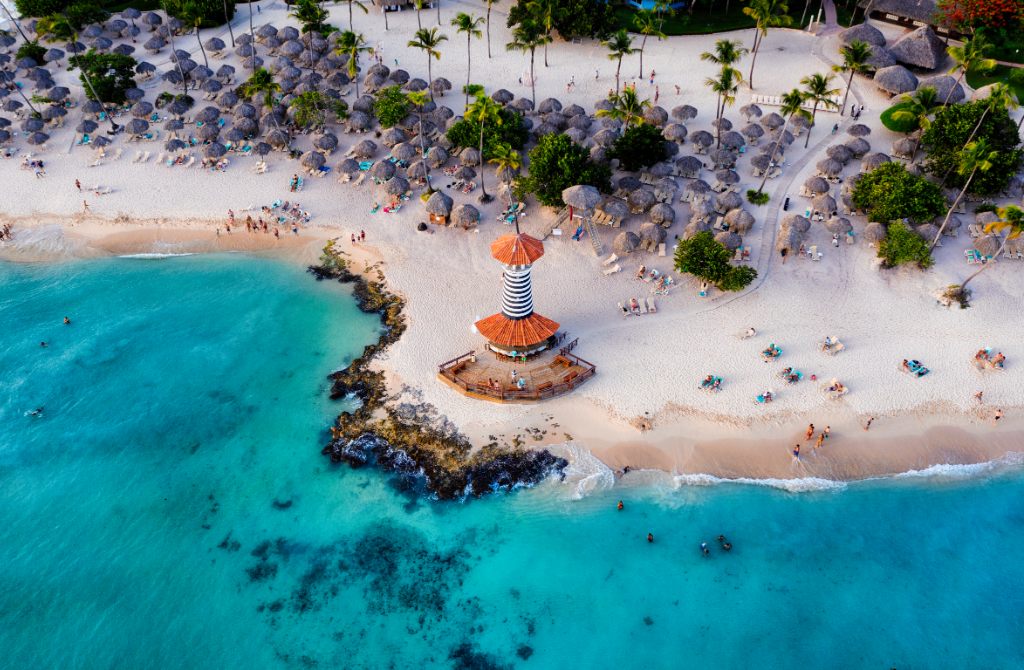


Punta Cana, located at the eastern end of the Dominican Republic, has established itself as a favorite destination for tourists from around the world.
Its history of tourism evolution has been fascinating, and in this tour I will take you through the transformation of a little-known region to the tourist jewel it is today. White sand beaches, crystal clear waters, and an unmistakable aura distinguish it, but how did it become what it is today?
Punta Cana's rise to tourism stardom is a combination of bold visions and timely decisions.
Punta Cana did not always have luxury resorts or a wide variety of restaurants. It was a peaceful corner with untouched beaches and a simple life. Here, nature was the main attraction and the ocean waves the main sound.
However, in the 1970s, the potential of this paradisiacal corner began to attract attention. Adventurers were looking for more authentic experiences and the region offered just that.
Frank Rainieri is a key figure in the evolution of Punta Cana. His vision and determination helped shape the destiny of this region. He saw beyond the deserted beaches, envisioning a thriving destination full of opportunities.
Together with a group of North American investors, Rainieri undertook ambitious projects that marked the beginning of tourism development in Punta Cana, laying the groundwork for what would become a revolution in the sector.
A milestone in the history of Punta Cana was undoubtedly the opening of the international airport. With this infrastructure, Punta Cana was no longer a remote place, but a destination accessible to tourists from all over the world.
The construction of the airport facilitated the arrival of a greater number of tourists, and with it, businessmen saw a greater potential for investment, further boosting the development of the region.

The 80's and 90's were crucial in the consolidation of Punta Cana as a luxury destination in the Caribbean.
Spanish hotel chains saw an opportunity in Punta Cana. Their arrival not only raised the standard of accommodations, but also introduced the "all-inclusive" concept, which became iconic in the region.
With this offer, Punta Cana attracted tourists looking for a complete experience where luxury, comfort and fun were guaranteed. The beaches became crowded, and the silhouette of the hotels became a symbol of the landscape.
With luxury resorts and premium services, Punta Cana positioned itself as an elite destination. It offered not only beaches, but experiences: golf courses, spas, and a cuisine that fused local flavors with international standards.
The evolution did not stop there. As visitors increased, so did the diversity of offerings. From a beach retreat, Punta Cana became a center of entertainment, culture and adventure.
Punta Cana understood that its beaches, although beautiful, were only part of the offer. It focused on promoting its rich culture, history and other natural attractions. Travelers could immerse themselves in the history of the Dominican Republic, discover local music and enjoy festivals and events that celebrated the Dominican essence.
While many visitors came attracted by the beaches, they took away enriching experiences that went beyond the sand and sea, understanding the true soul of Punta Cana and its people.
While Punta Cana has had a meteoric rise in the tourism world, it has not been without challenges that it has had to face and overcome over time.
Nature, in its infinite wisdom and power, sometimes presents unexpected challenges. One of the most recent has been the appearance of large quantities of sargassum on the coasts. These algae, which in normal quantities are beneficial, began to arrive in volumes that affected the landscape and the experience of tourists on the beach. If you wish to learn more about this phenomenon, we invite you to consult our article on when is the sargassum season in Punta Cana.
Beyond being an aesthetic problem, sargassum has also posed environmental and economic challenges. However, the Punta Cana community has worked together to find solutions and minimize its impact.

Punta Cana is a clear example that tourism development and sustainability can go hand in hand. However, maintaining that balance is a constant challenge. As the number of visitors increases, it is vital to ensure that the natural and cultural beauties are preserved for future generations.
The idea is not only to protect the environment, but also to ensure that the local community benefits from tourism growth. Numerous initiatives have been undertaken to promote sustainable tourism and ensure that Punta Cana remains a thriving and sustainable destination in the long term.
Today's Punta Cana is an amalgam of tradition and modernity, where experiences range from the simplest to the most sophisticated.
From the first bungalows that adorned the coast to the opulent luxury resorts, Punta Cana's lodging offer has undergone a significant evolution. Here, every visitor finds his or her ideal space, from backpacker options to suites offering the utmost opulence.
This growth has been driven largely by demand, but also by the vision of entrepreneurs and hoteliers who have seen Punta Cana's infinite potential.
If there is something that has evolved in parallel with tourism, it is gastronomy. Indigenous Dominican flavors merge with international influences to create an unparalleled culinary experience.
From themed restaurants that take you on a trip around the world to local stands where authentic Dominican sancocho is served, Punta Cana's gastronomy is a reflection of its diversity and cultural richness.
Areas such as Uvero Alto, Bávaro and Bayahibe are testimony to Punta Cana's rapid growth. Previously quiet and little explored, these areas are now centers of activities, lodging and entertainment.
Each with its own particular charm, these areas have attracted investors and tourists alike, and promise to remain focal points in Punta Cana's tourism development.

If Punta Cana's history has taught us anything, it is that it is always evolving and looking for ways to offer even more enriching experiences to its visitors.
Luxury tourism is not only a trend, it is an indicator of Punta Cana's potential to offer high quality experiences. Visitors with high purchasing power are looking not only for comfort, but also for authentic and exclusive experiences.
This pushes entrepreneurs and the tourism sector to innovate and offer proposals that go beyond the conventional, aiming for a future where Punta Cana is further consolidated as a luxury destination in the Caribbean.
The future of Punta Cana is inextricably linked to sustainability. With the growth of tourism, also comes the responsibility to ensure that it is done in a conscious and responsible manner.
Promoting sustainable tourism is not just a fad, it is a necessity. Future generations depend on the decisions we make today, and Punta Cana is ready to lead the way in promoting tourism that benefits both visitors and the land that hosts them.